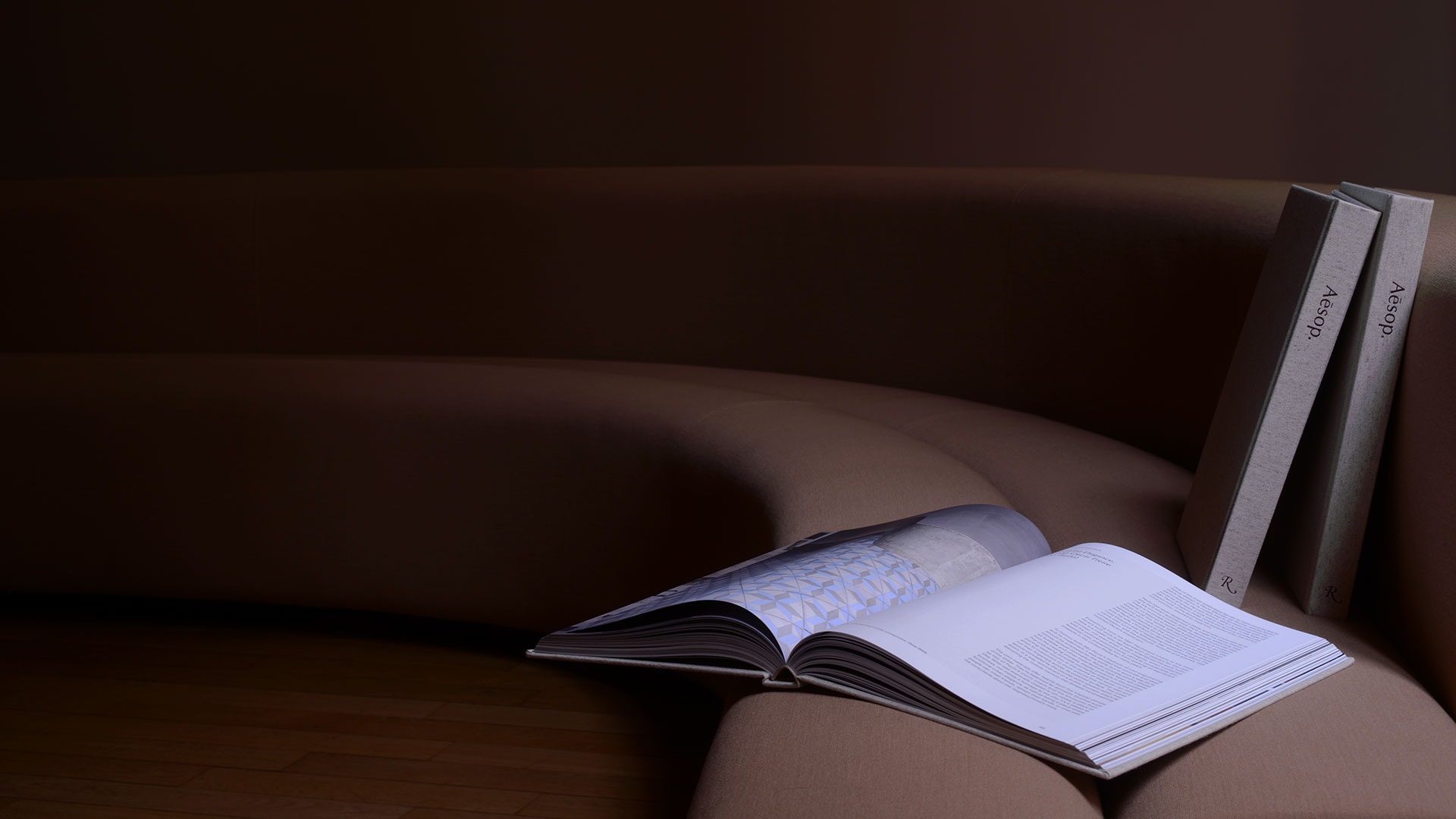While most publications work to define their own brand, Esopus is quietly neutral. It brings together a choir of artists, with voices constantly changing, yet equally compelling, from page to page. Esopus has been annually delivering unfiltered content from artist to reader since 2003, serving as the main activity of The Esopus Foundation Ltd., whose mission is to enable artists ‘to make a direct connection with the general public.’ Fifteen years on, the publication still behaves like a grassroots operation, commanding everything of Lippy and a part-time administrator. For this among other reasons can The New York Times’ David Carr praise it as ‘a thing of lavish, eccentric beauty, less flipped through than stared at, forcing readers to reconcile their expectations of what a magazine is.’ You’ve laid out a vision for Esopus to be a ‘distributor’ of art rather than an ‘interpreter’ of art. How, as editor, do you stay neutral? I can speak to neutrality as both editor and designer. Of course, I am making choices by arranging and sequencing content, but I hope that the presentation is never constructed in such a way that lends a particular viewpoint. Esopus is meant to feel as though you are looking through something you just discovered at a thrift shop. My goal is to allow readers to take each piece of content on its—and their—own terms. Every issue is full of hand-inserted objects, pull-out posters, and other removable items that are meant to make it feel like a container filled with disparate items. The challenge—and it can sometimes be a big one—is to make this collection of different things feel somehow linked. But I try to do that without using a “house style” or redundant page design. We are definitely not The New Yorker (as much as I love it)—the point isn’t to open a copy of Esopus and instantly recognise it from its design.
One of the pillars of the magazine is to be ‘unmediated.’ What does it mean? Foremost, we avoid all advertising. I think it’s disruptive, if not destructive, to juxtapose art with advertising or commercial content, whether it’s a perfume ad interrupting a short story in a magazine or a corporation’s name emblazoned on a gallery of contemporary art in a museum. ‘Unmediated’ also means that, as the sole person producing the publication, I always have direct contact with the artists, and never with “handlers”—whether they be gallerists, publicists, managers, or agents. For a publication as unconventional as ours, I think it’s essential that I convey my belief in and passion for the project directly to the person I’m inviting to contribute. If Esopus works, it’s because it’s just me and the contributor—and eventually the reader—creating and interpreting every artist’s project, poem, short story, or CD track that appears in an issue.


